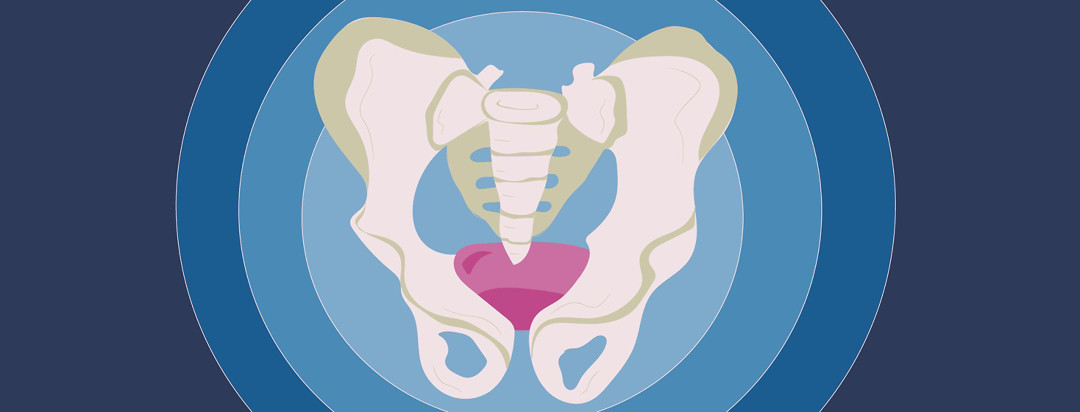Developing Bladder Cancer After Prostate Cancer Treatment
Radiation therapy is often used to treat prostate cancer, and while radiation works well in most people, there are known side effects. One of the most well-known side effects occurs when the person develops another type of cancer later. This is known as a "secondary primary cancer". Since the bladder and prostate are located so closely together, bladder cancer is a known possible risk after radiation treatment for prostate cancer, but it is an uncommon occurrence.1
What is external radiation therapy?
External beam radiotherapy (EBRT), external beam therapy, and external radiation therapy are all names for a type of cancer treatment. This type of treatment focuses radiation on the body from a machine that is outside of the body.2 There are other types of radiation sometimes used to treat prostate cancer, such as brachytherapy (internal radiation), but only EBRT is associated with developing secondary bladder cancer.1
More common side effects of radiation therapy following prostate cancer treatment include redness or peeling on the skin where the radiation is delivered, nausea, vomiting, diarrhea, fatigue, urinary problems, and sexual dysfunction.3
Why does bladder cancer sometimes follow prostate cancer?
Radiation works to kill cancer cells by damaging the DNA of those cells. Because external radiation targets a general area, nearby healthy cells get destroyed, too. The development of cancer following radiation exposure became a well-known and studied area of medicine in the years after the atomic bombs were dropped in Japan.1
What we know about secondary bladder cancer
Secondary bladder cancer following prostate cancer is not rare but it is not common either.1 This means that doctors do not have large amounts of data to study to fully understand why bladder cancer sometimes follows radiation treatment for prostate cancer. Here is what they believe based on available science:1
- Getting a quick diagnosis of secondary bladder cancer can be difficult and may take almost twice as long as usual. That’s because blood in urine (gross hematuria) is the first sign of bladder cancer and also a normal side effect of radiation therapy for prostate cancer. Blood in the urine following radiation is called radiation cystitis.
- Several researchers believe that bladder cancer that occurs in men who were treated with radiation for prostate cancer in a more aggressive form. Studies have also found that the secondary bladder cancer develops between 30 days and 10 years after radiation therapy. The risk especially increases five years after radiation.
- Some doctors believe people who have had prostate cancer have a built-in higher risk of developing bladder and rectal cancer.
- Not all studies have found a link between radiation therapy for prostate cancer and the later development of bladder cancer. That means that radiation therapy remains a good choice for treatment, especially in people who cannot risk surgery.
What can you do to protect yourself?
Because secondary bladder cancer is a known risk of radiation treatment that targets the pelvis, anyone who has had this treatment should be followed closely by their urologist. One study recommends a cystoscopy every six months to one year, depending on the person’s overall health and treatment history.1
Do you or a loved one have bladder cancer? Sign up for emails from BladderCancer.net.

Join the conversation